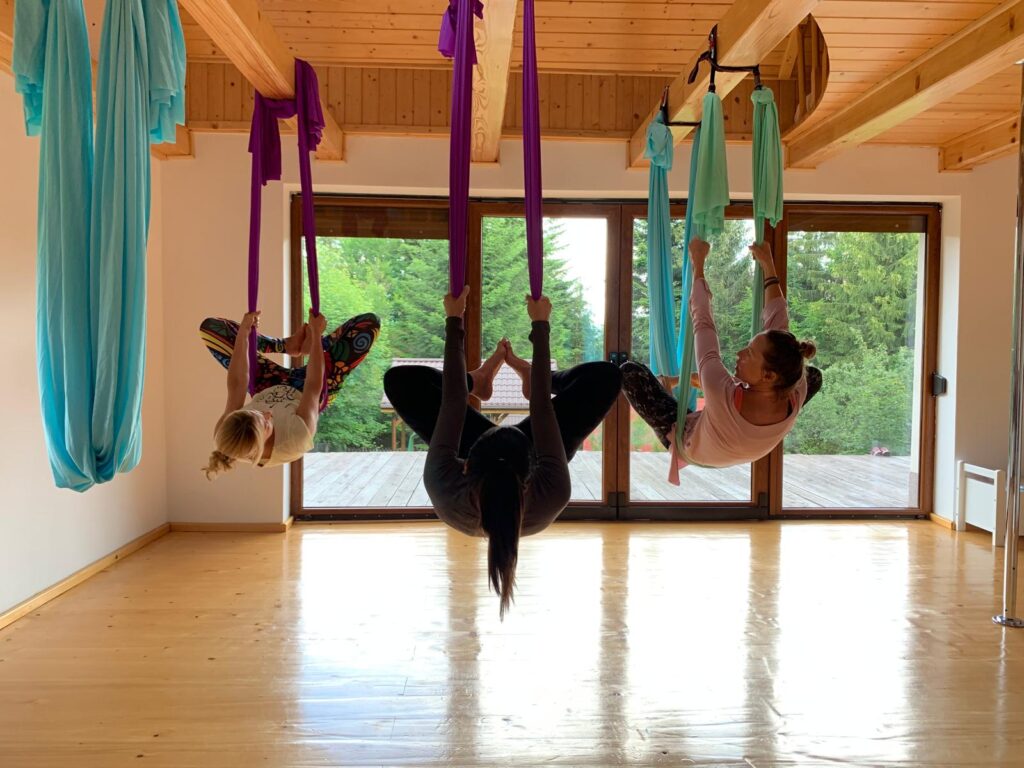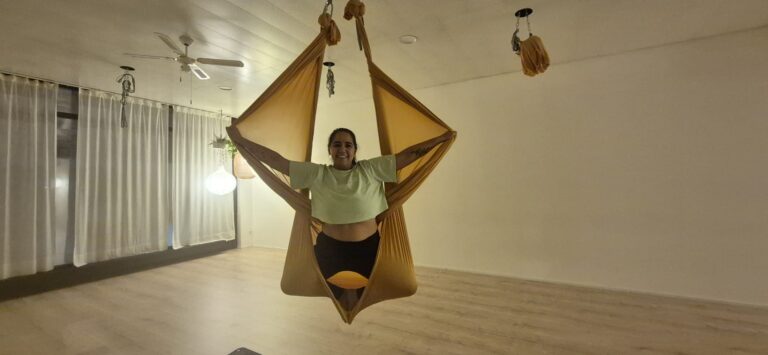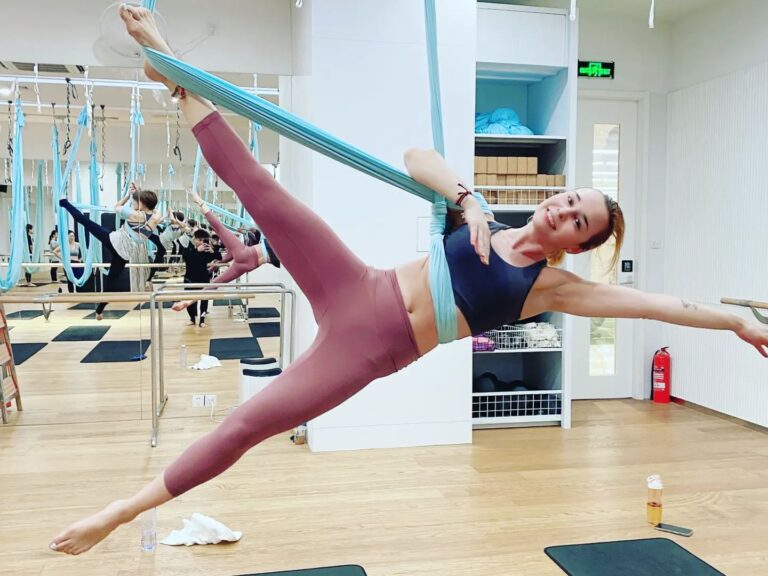Signs Your Body is Craving Movement – and How to Listen to It
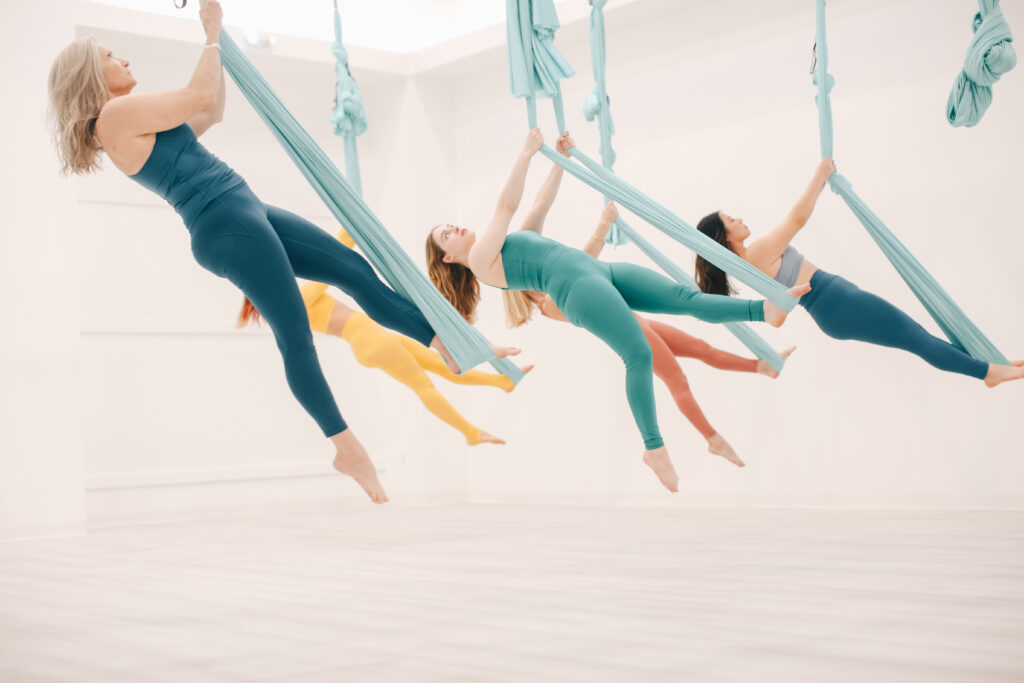
In today’s fast-paced world, many of us spend long hours sitting—at desks, in cars, or on the couch. Our bodies, designed for motion, can begin to send subtle (and not so subtle) signals that they’re yearning for movement. But how often do we truly tune in and listen? Blending psychological insight with somatic wisdom, understanding these signals can be a transformative step toward reconnecting with ourselves—and aerial yoga offers a unique path to do just that.
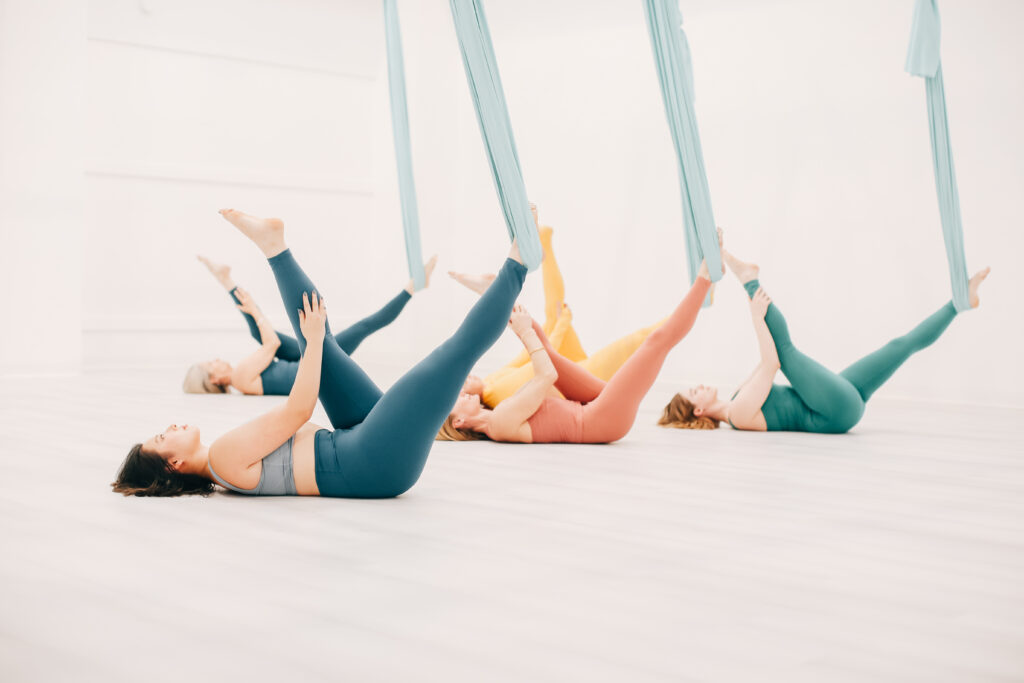
The Body’s Quiet Signals: How Movement Cravings Manifest
Our bodies communicate constantly through sensations, emotions, and impulses. When deprived of adequate movement, these communications can take the form of:
- Persistent stiffness or tension: That nagging tightness in your neck, shoulders, or lower back can be your body’s way of begging for release.
- Restlessness or agitation: Feeling on edge or unable to sit still often points to unspent physical energy.
- Mental fog or difficulty concentrating: Movement stimulates blood flow and oxygen to the brain; its absence can dull mental clarity.
- Mood dips or anxiety: The mind and body are deeply connected. Lack of movement can exacerbate stress, anxiety, or feelings of low mood.
- Fatigue despite rest: When your body craves motion, it can paradoxically feel tired or sluggish, even after sleep.
Psychologically, ignoring these cues may lead to disconnection from the self. Somatic wisdom teaches us that the body holds not just physical tension but also emotional and energetic blocks. Listening to these signs becomes a practice of honoring your whole being.
How to Listen to Your Body’s Movement Cravings ?
- Pause and Tune In: Take a moment in your day to close your eyes and scan your body from head to toe. Notice areas of tightness, discomfort, or restlessness without judgment.
- Breathe Into Sensations: Use deep, mindful breathing to soften tension and create space. Breath is a bridge between mind and body.
- Move Mindfully: Begin with gentle stretches, sways, or simple walks. Notice how movement shifts your sensations and mood.
- Honor Your Limits: Movement is not about pushing through pain but about cultivating curiosity and kindness toward your body.
Reconnecting Through Aerial Yoga

Aerial yoga is a beautiful modality that combines gentle, supported movement in a hammock with breathwork and mindfulness. It offers a unique way to reconnect because:
- It frees you from gravity’s constant pull: Feeling weightless helps release tension and opens the body in new ways.
- It invites playfulness and creativity: Movement becomes an exploration, not a chore.
- It encourages deep somatic awareness: The hammock acts as a tool for tuning into subtle body sensations.
- It supports nervous system regulation: The gentle suspension calms anxiety and enhances relaxation.
- It builds strength with grace: Movement becomes empowering, reinforcing body confidence.
Through aerial yoga, people often rediscover joy in movement and foster a deeper connection to their bodies and minds.
Final Thought
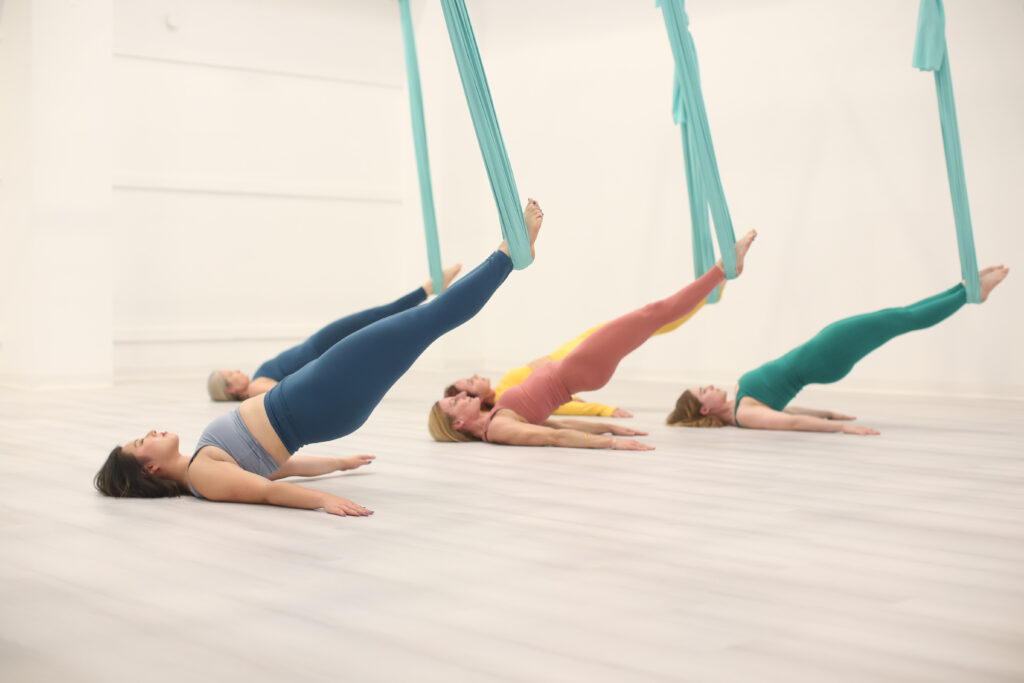
Your body is always speaking—sometimes softly, sometimes loudly. Learning to hear its language is essential to holistic well-being. Movement is not just physical activity; it’s a form of self-care, self-expression, and healing. Whether through aerial yoga or simple daily practices, honoring your body’s need to move can open the door to vitality, clarity, and peace.
If you’re curious to explore how aerial yoga can support your journey back to yourself, I invite you to join one of my retreats or workshops. Let’s listen, move, and reconnect together.
